Perhaps we should have known Rafael Nadal would win the 2017 US Open as soon as he ended his 2016 season early to recover from a wrist injury. For as much fanfare as Roger Federer has received this year for his two Slam victories following an injury shortened 2016, it’s been largely forgotten that 2017 is the third season that Nadal has come back from injury to win at least two majors. Sunday’s match was in practice as much of a foregone conclusion as it appeared to be on paper. That isn’t to say that Kevin Anderson didn’t acquit himself well in his first ever Slam final. But, Nadal’s unique brand of looping shots, quick movement and relentless pressure was always going to be a bad matchup for the 31-year-old South African. Anderson’s best chance at winning was to hope that he could have a banner serving day while his Mallorcan opponent arrived a bit off. But, neither was to come to pass. [caption id=“attachment_4030571” align=“alignleft” width=“380”] Rafael Nadal crushed Kevin Anderson in the final to win his third US Open title. AP[/caption] Nadal began the match by putting Anderson under an immense amount of pressure. In the first game of the match, Anderson immediately was pushed by Nadal’s all-court game, and had to save a break point before getting on the scoreboard. After a quick hold from Nadal, Anderson once again found himself under pressure — barely surviving multiple break points to win a nearly 12-minute service game and even the match at 2-2. Offered only a brief respite as Nadal again held service relatively easily, Anderson finally succumbed to the onslaught and lost his serve at 2-3. After that point, Nadal never gave up the lead again. Each of the subsequent sets were easier going for Nadal, as he went up a break early and never gave Anderson enough breathing room to make a comeback, as Nadal took the match, 6-3, 6-3, 6-4. What is even more impressive is that Nadal didn’t have to alter his game plan to ride roughshod over his opponent. In some ways, Nadal couldn’t have picked a better opponent for the title match than Anderson. While Anderson has an impressive serve and clean ground strokes, the 6’ 8” South African had difficulty moving up to Nadal’s angled looping shots. Then, when Anderson tried to move into the net, his awkwardness in the front part of the court became evident, as Nadal drew volley errors and passed Anderson repeatedly. Even where Anderson was able to hit impressive serves and booming groundstrokes, more often than not, Nadal was quick enough to get in place to hit an even more impressive shot past his opponent. With his win, Nadal captured his third US Open title and his 16th Grand Slam title overall, leaving him within three titles of Roger Federer’s record of 19, as he was at the beginning of the year. Interestingly, each of Nadal’s US Open titles have come in seasons following a season in which he has been forced to take time away from tennis to recuperate from injury. In 2010, Nadal won his first US Open title, thereby completing his career Grand Slam and a three Slam season after his first major absence from the tour in 2009, where he was forced to skip the grass court season due to knee tendinitis. In 2013, Nadal defeated Novak Djokovic for the second time in a US Open final, after missing the London Olympics due to a recurrence of his knee problems. And this year’s title follows a 2016 season cut short due to a wrist injury. The Rafael Nadal who won on Sunday is a different man than the one who captured the 2010 and 2013 titles. In 2010, Nadal was at the end of what was his best season, winning the French Open, Wimbledon, and the US Open, and already making a case for himself as one of the game’s greats. Yet, when confronted with the possibility of his nephew joining the likes of Roger Federer, Bjorn Borg and Rod Laver in the top echelon of tennis, his uncle and coach, Toni Nadal was skeptical, “They’re the best. Rafael is very far away from those guys. Rafael is a good player. I think he’s a very good player." Even Nadal himself was inclined to defer to Federer, saying before the 2010 French Open, “If somebody says I am better than Roger, I think this person doesn’t know anything about tennis.” In 2013, Nadal was also inclined to defer to his Swiss colleague in the greatest of all time, or GOAT, debate, saying “the question about who is the greatest is not about me or Roger, it is more about Rod Laver or Roger.” That was at a time when Nadal was closing in on Federer’s then-record 17 major titles, and Federer was coming off his worst season in a decade. Certainly, most observers had already begun to assert that Nadal had a reasonable claim on the title of GOAT, with his winning record against Federer. Yet Nadal, whether because he was more comfortable as an underdog, or due to the humility inculcated in him by his Uncle Toni, was unwilling to join the growing chorus of people asserting his candidacy for GOAT. Yet, when asked to wax rhapsodic about his friendly rival this week in New York, Nadal demurred and offered a sarcastic joke instead: “I don’t want to look like I gonna be his boyfriend, no?” That isn’t to say that the two rivals aren’t still close. And, the fact that the two have combined to win all of the Slams in a year for the fourth time might be the best advertisement ever for Federer’s new Laver Cup competition, where Nadal is next scheduled to play after his win in New York. But this year’s Nadal is a much more assured player and man than we have ever seen. He was forced to substantially reassess his game after disappointing seasons and a crisis of confidence in 2015 and 2016, and added the scouting based approach of Carlos Moya to his coaching team, just as his longtime coach, his uncle, prepares to move on at the end of the 2017 season. It’s not that Moya has made significant changes in Nadal’s game — those weren’t necessary — but rather he assisted Nadal in finding the small refinements to his serve, backhand and all court game that enabled Nadal to return to the top of the game. But, perhaps the fact that Nadal now is surrounded by a team that sees him as one of the greats of the game first — as opposed to a nephew who needed to be trained — has imparted an additional degree of self-assurance in one of the most assiduously humble champions in all of sports.
In a marked contrast to Sloane Stephens’ gleeful trophy ceremony on Saturday, Nadal accepted his trophy and check with quiet pride. Even when he was given the opportunity to address the crowd in Spanish, he stopped first to give encouragement to those who are suffering due to the hurricanes ravaging the southern United States, Mexico and the Caribbean before thanking his fans for their support. A younger Nadal would have felt the same sentiment, but may not have had the confidence to speak up on such issues.
But, as he bit into a Grand Slam trophy for the 16th time, a bit of the teenage wonder peeked out at the crowd. As difficult as it was to imagine Nadal reaching this stage a year ago, it’s is equally difficult to imagine him anywhere else a year from now. After a career that has demanded as much resilience as it has talent, Nadal has returned to the spotlight a more confident, assured man than ever before. It will be a tall task for anyone to catch him now.


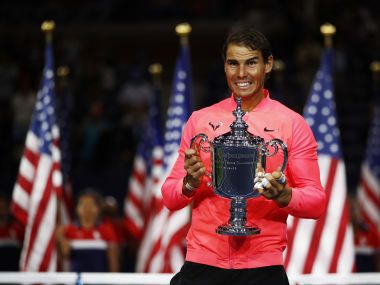)
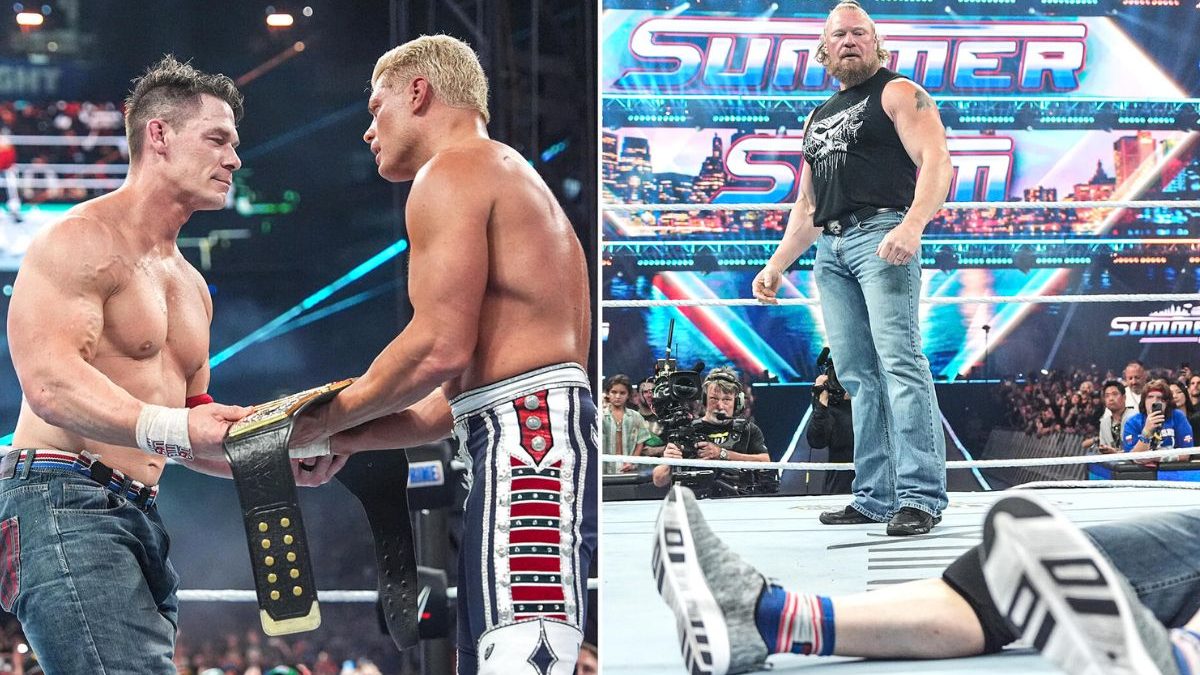
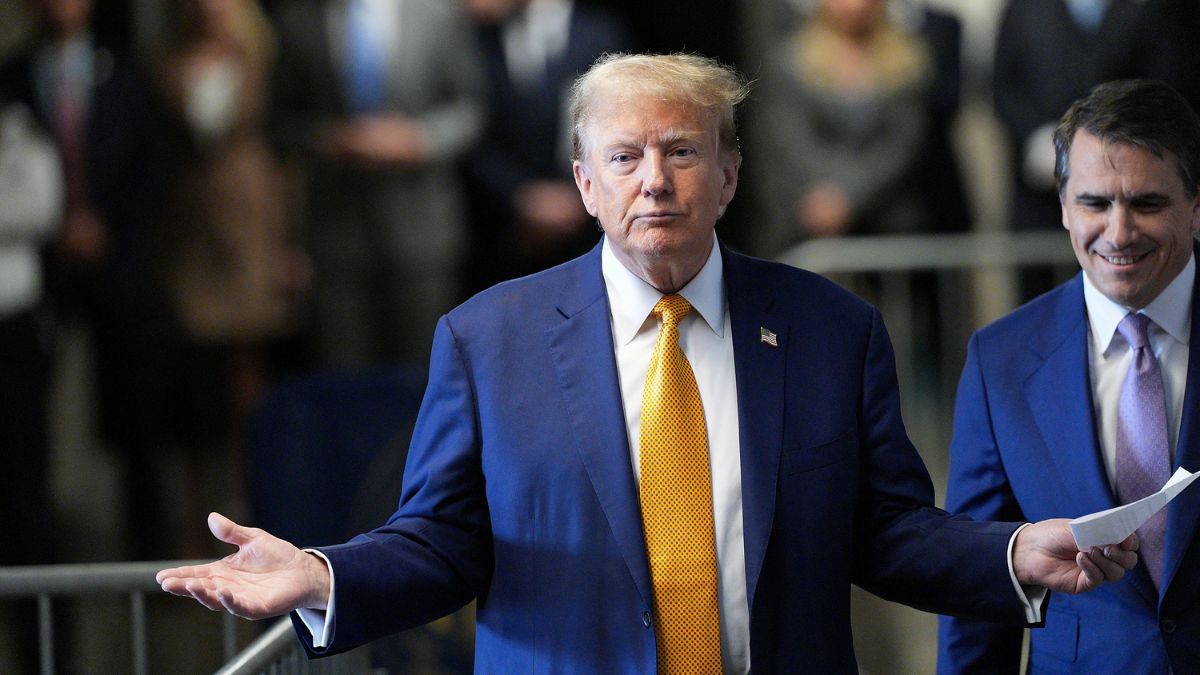)
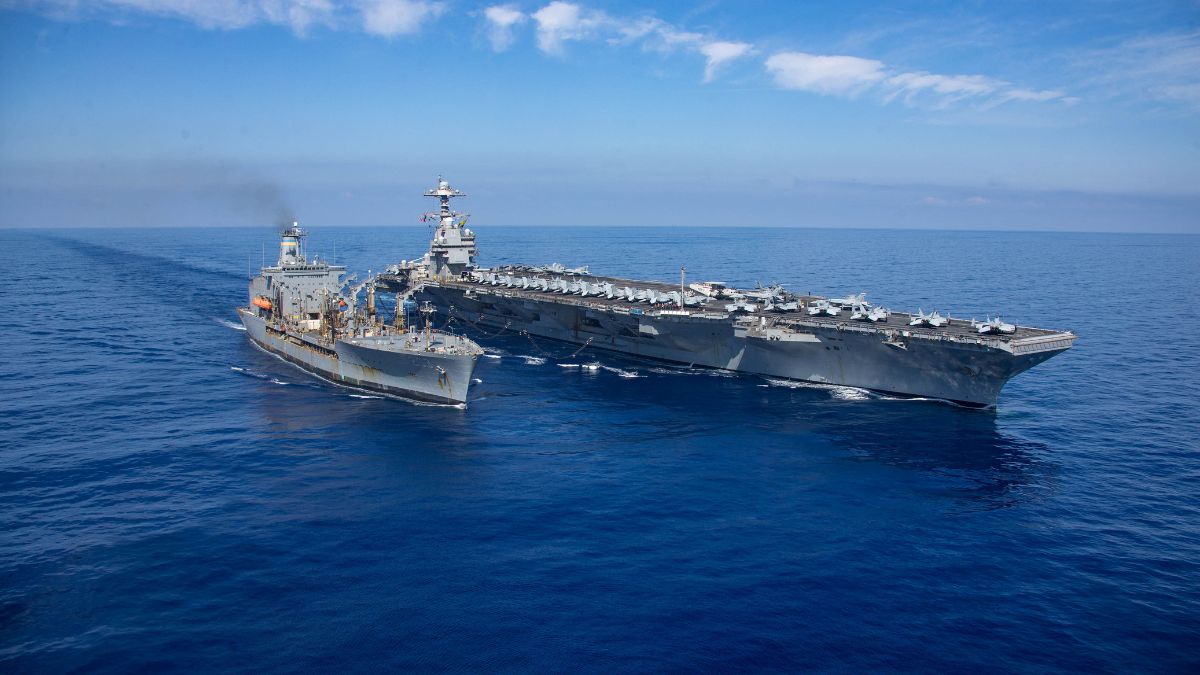)
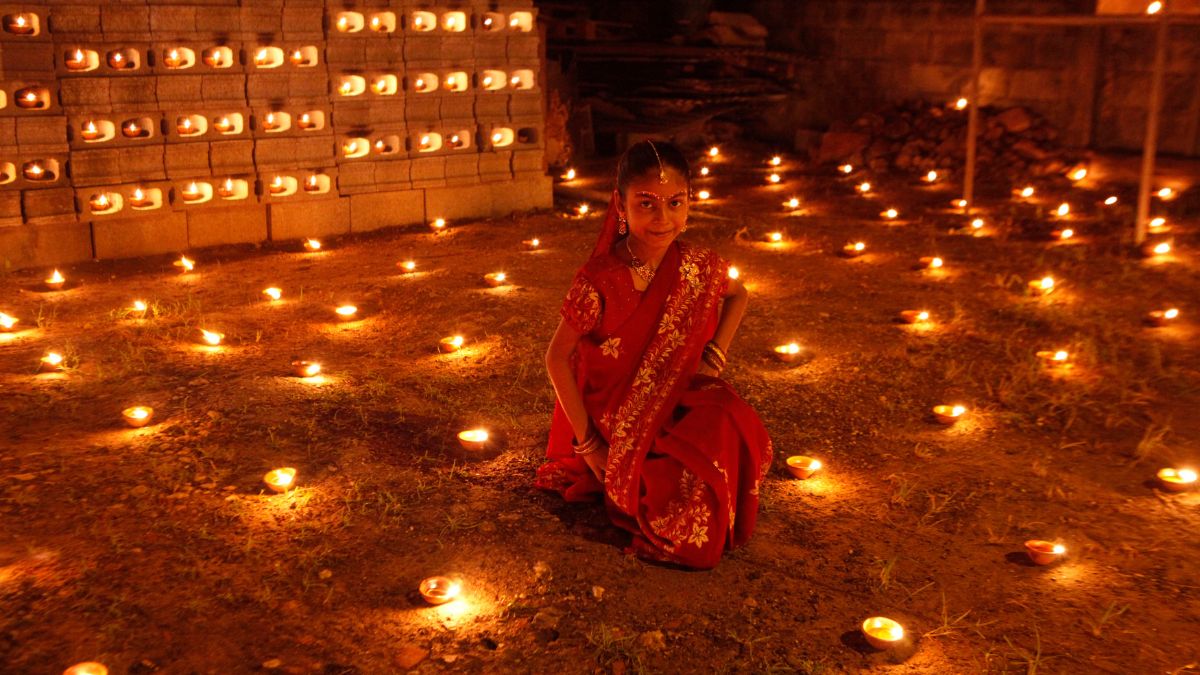)
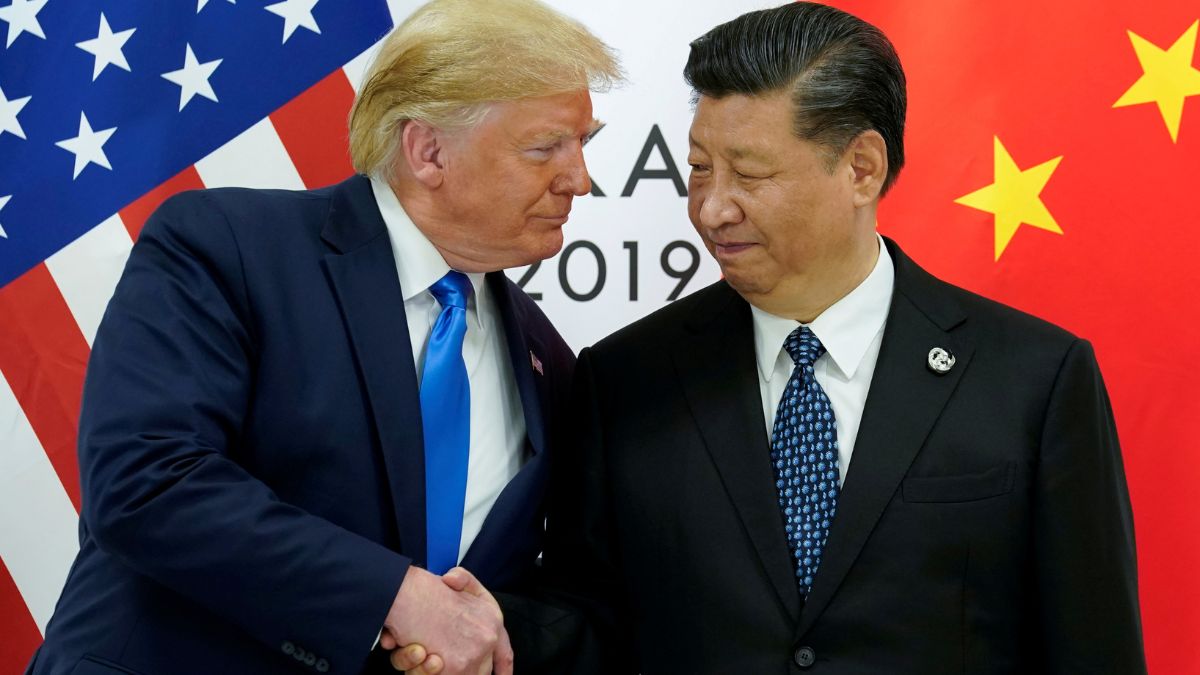)
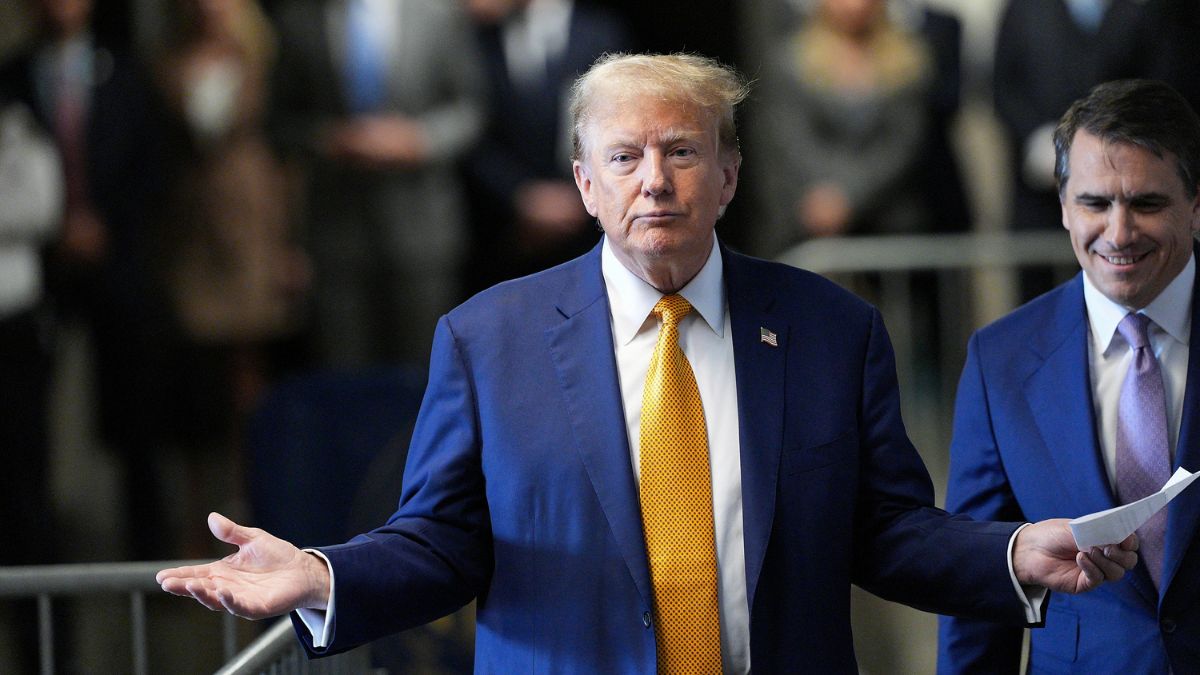)
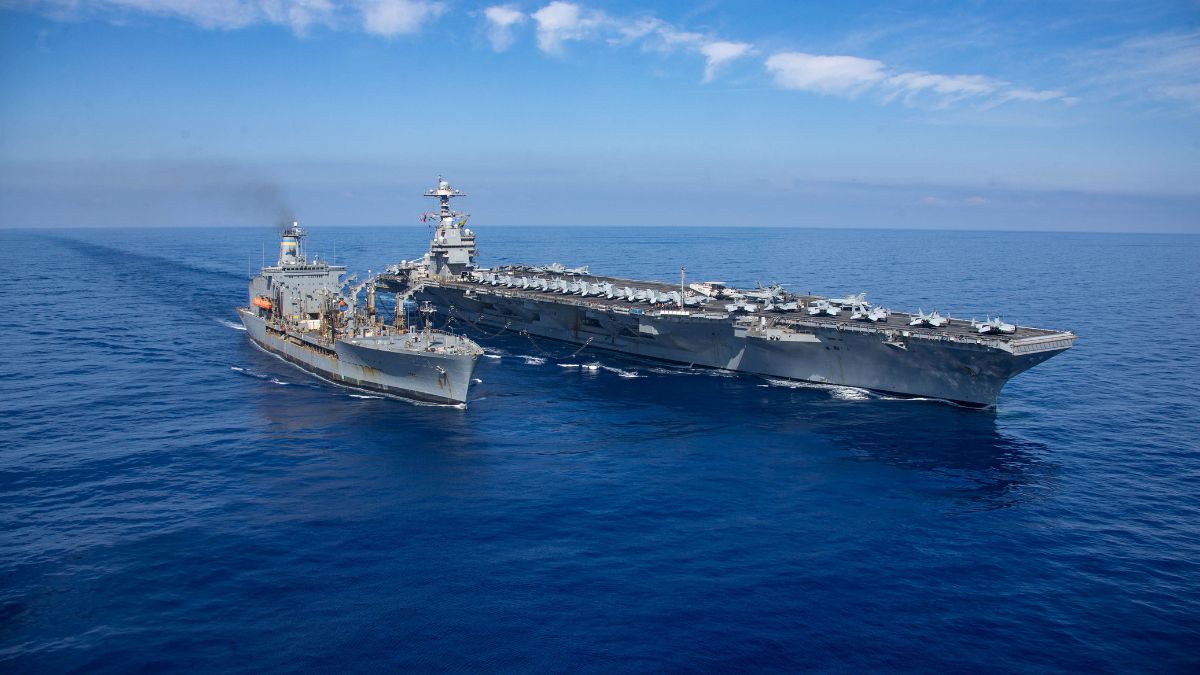)
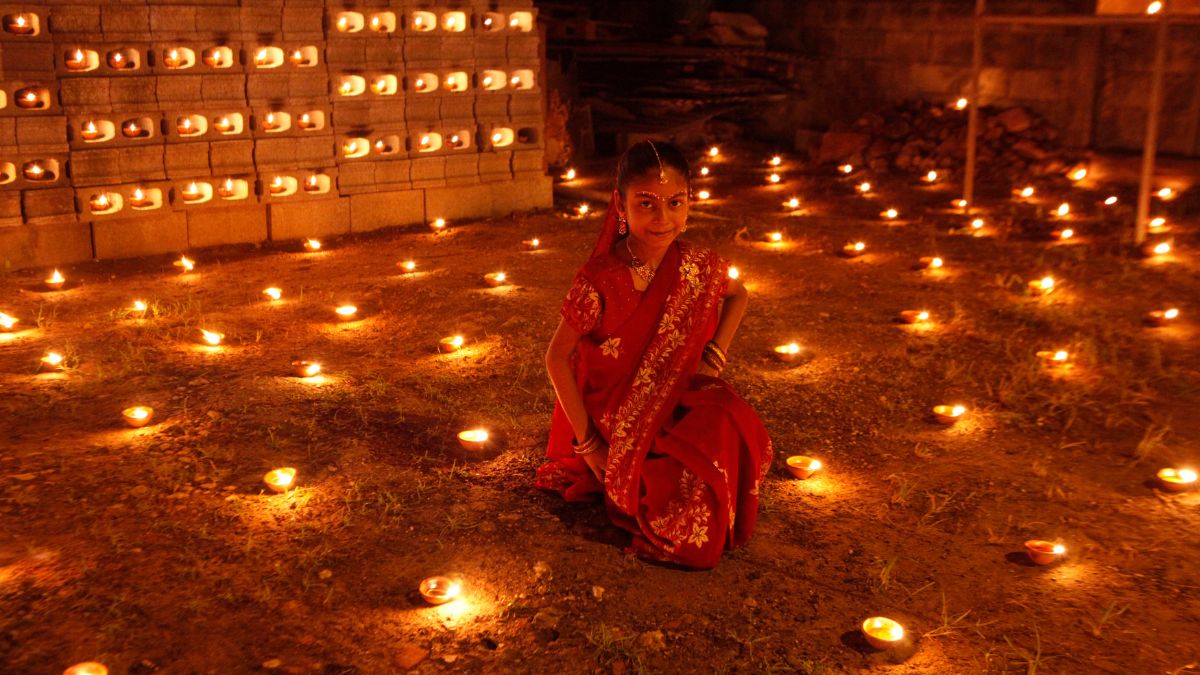)
)



